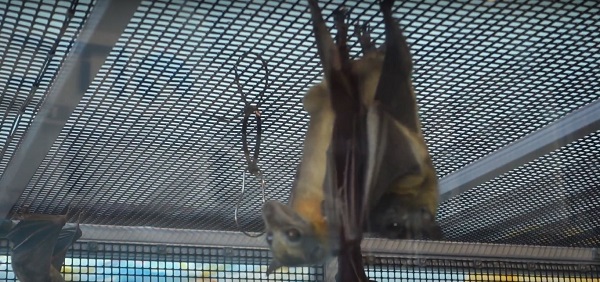What is a bat’s mating habits?
To understand the breeding and mating habits of the bat, it begins with an understanding that a bat is
a meteorologist of sorts. A female bat will not begin the ovulating and mating process until she is sure
that the embryo will have a good chance to survive. That only comes by having enough food available for
the mother and children to be able to feed. In climates where it can be cooler in the spring and/or fall
bats will only have babies in the summer, while in more heated climates a bat could have a child any time
during the year, regardless of the calendar month.

Most bats will not mate for the first time until they reach at least 14 months. In some cases the bat may encounter
its first mating experience even a year or two later. There is a level of maturity that a bat is attempting to attain,
and only the individual bat knows what that is.
A majority of the time mating occurs at night time. The process begins with the male bat biting the female on the neck.
This is usually done with the female is still sleeping, but the biting awakens her and this initiates copulation. If the
male bat decides to initiate the copulation process during the day, instead of biting on the neck the male will rub his
head against the female. This begins the mating process.
Like some other forms of mammals, female bats will actually copulate with more than one male during the time that she is ovulating.
This is to ensure that she does become impregnated, meaning that she is not sure whether the first male she encounters actually got
the job done. To ensure that she is pregnant she will allow many males to copulate with her to ensure that her lineage continues.
Most, if not all of these males she will likely not encounter again.
Just because copulation has occurred does not mean that the process is over. If the conditions are not perfect for the egg to be
fertilized, the female can actually do one of two things. First she can store the sperm in a special gland in the reproductive tract
until conditions are more ripe. Otherwise the female can delay the egg implanting in the uterus, and this will keep it from being fertilized.
This is a very interesting process that allows a bat to continue on the line, and is one that many will likely find fascinating.
Go back to the How Do You Get Rid of Bats in Buildings home page or email me for more information about What is a bat’s mating habits?
|